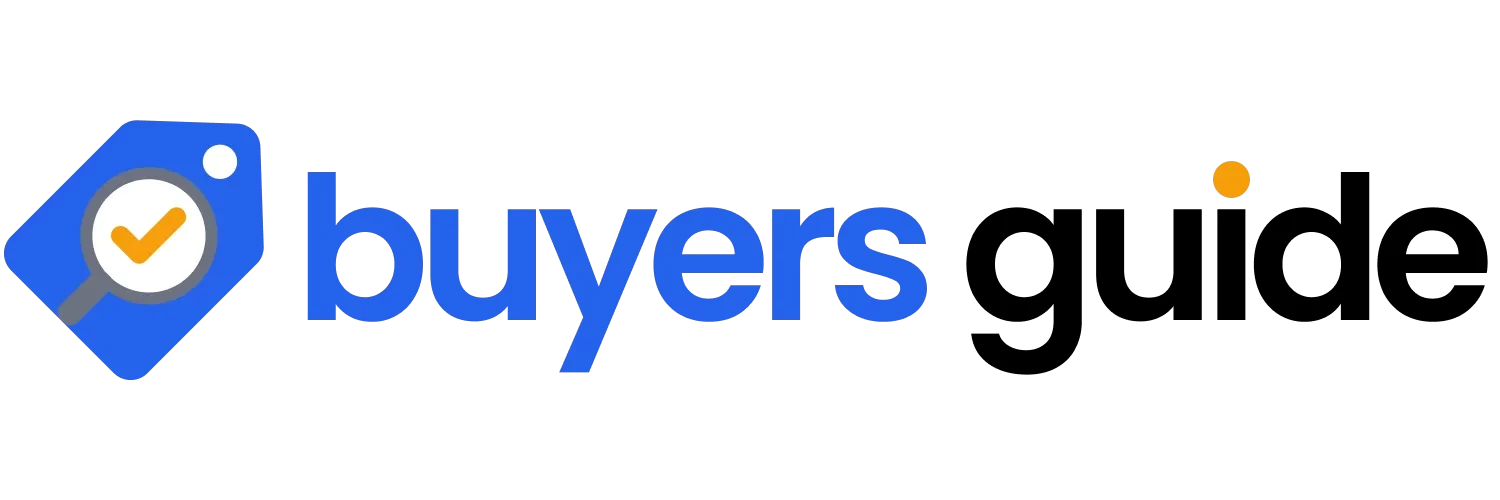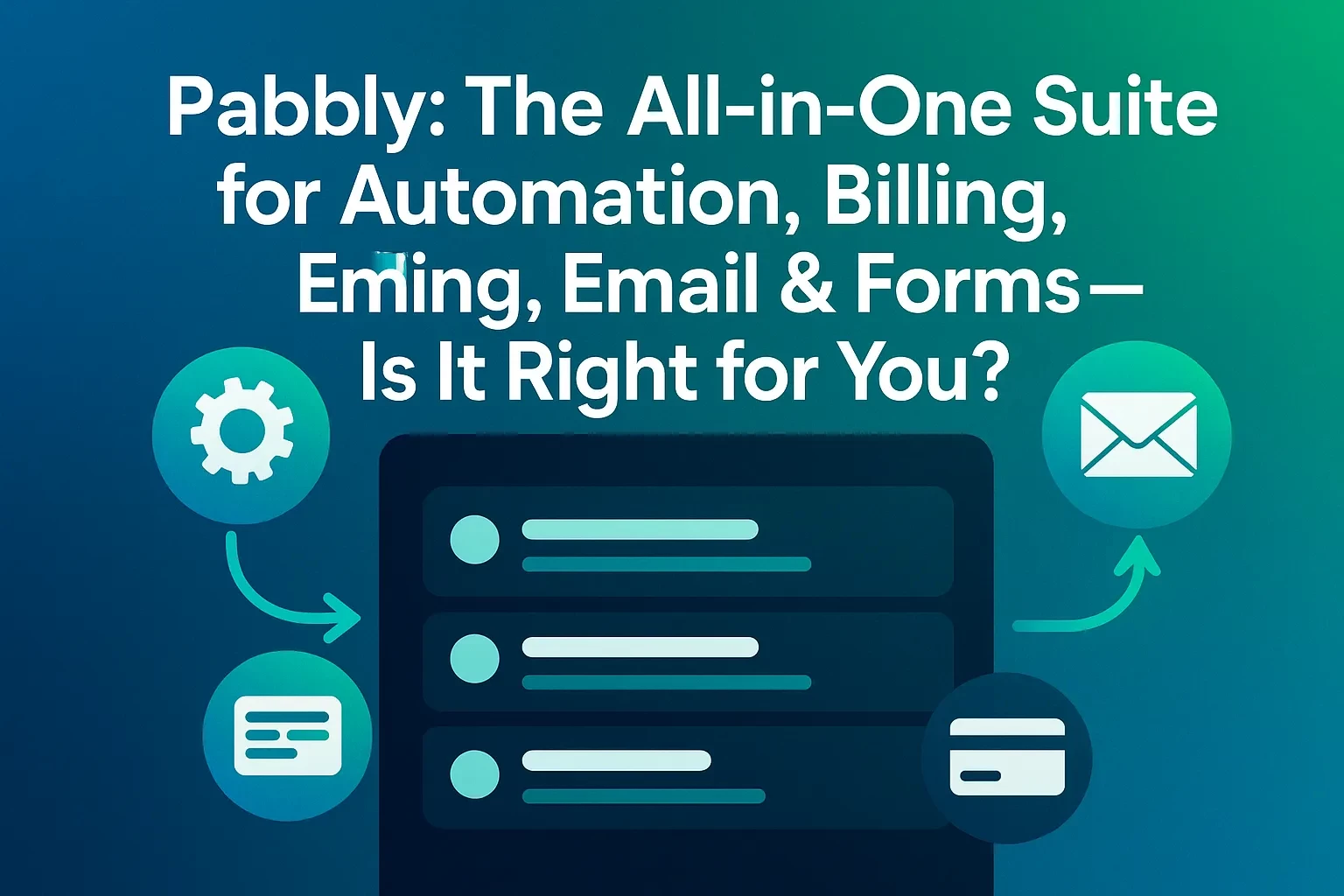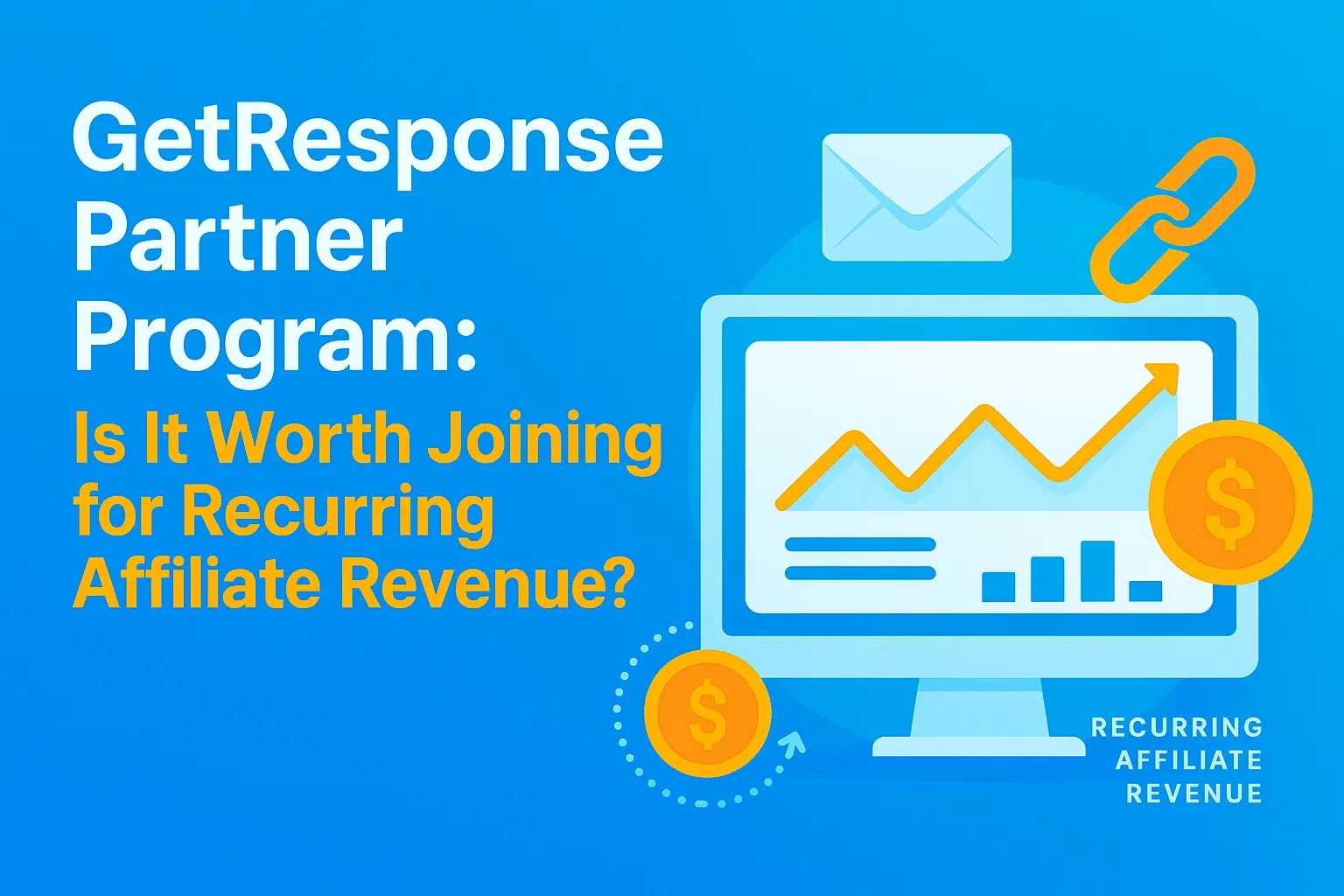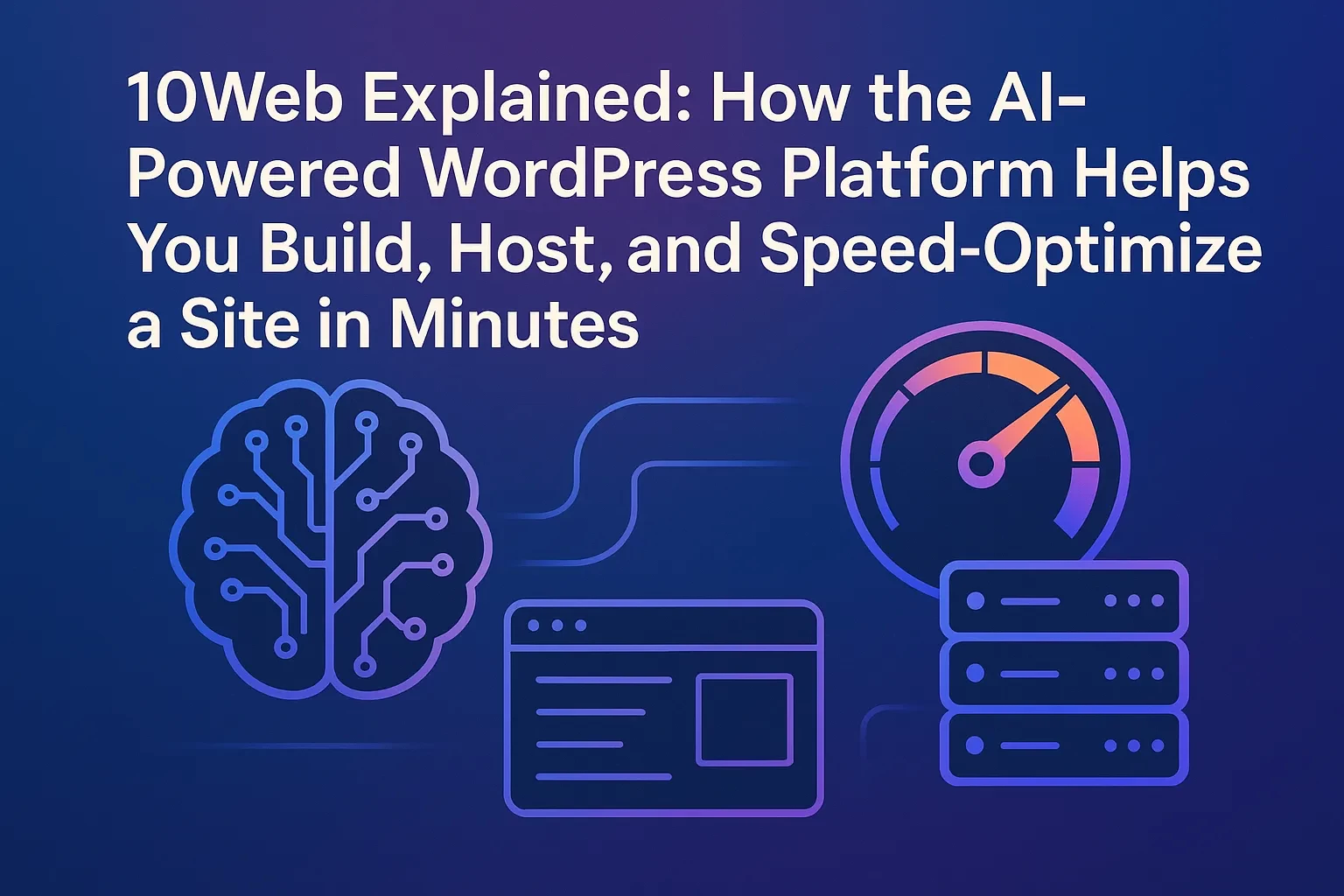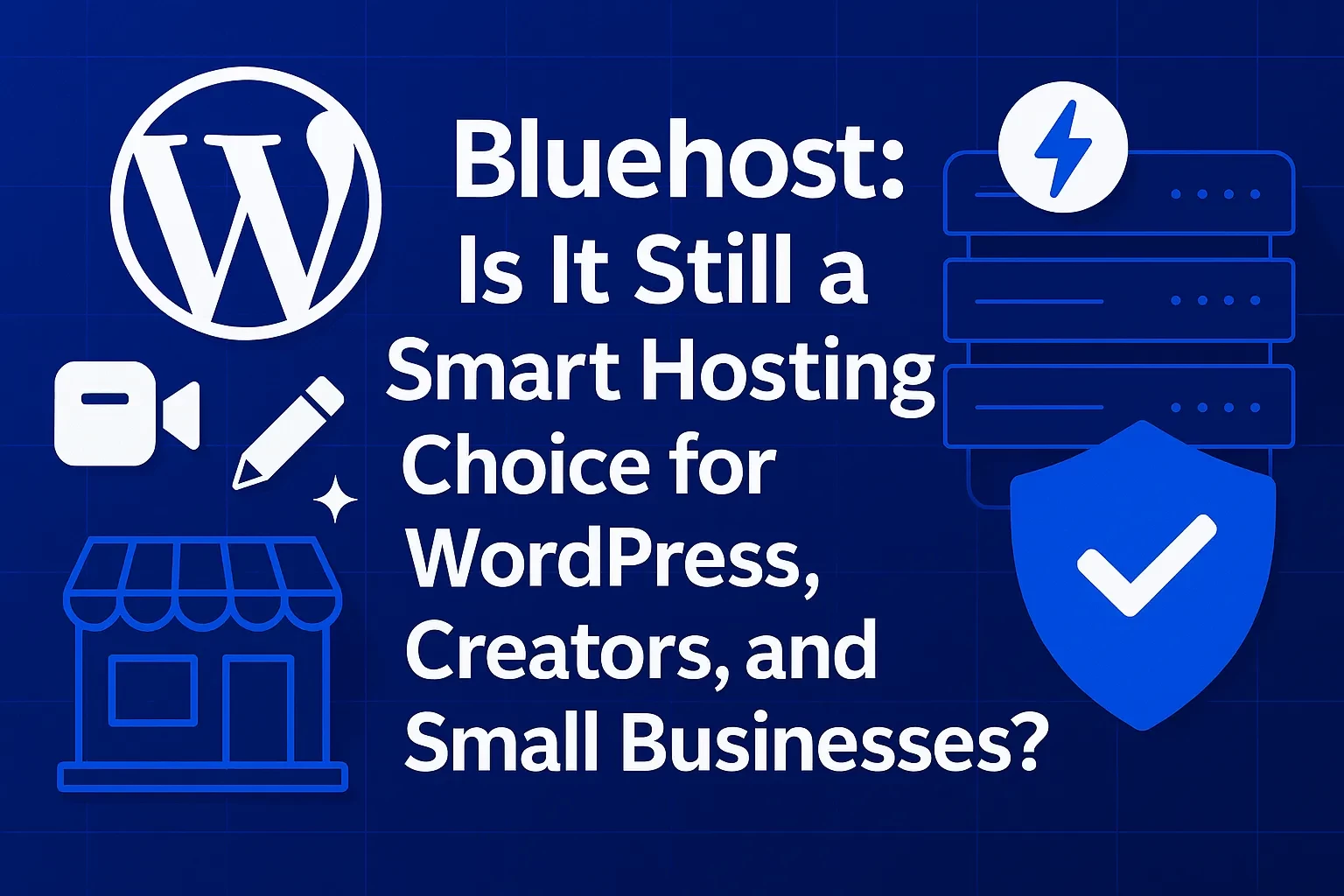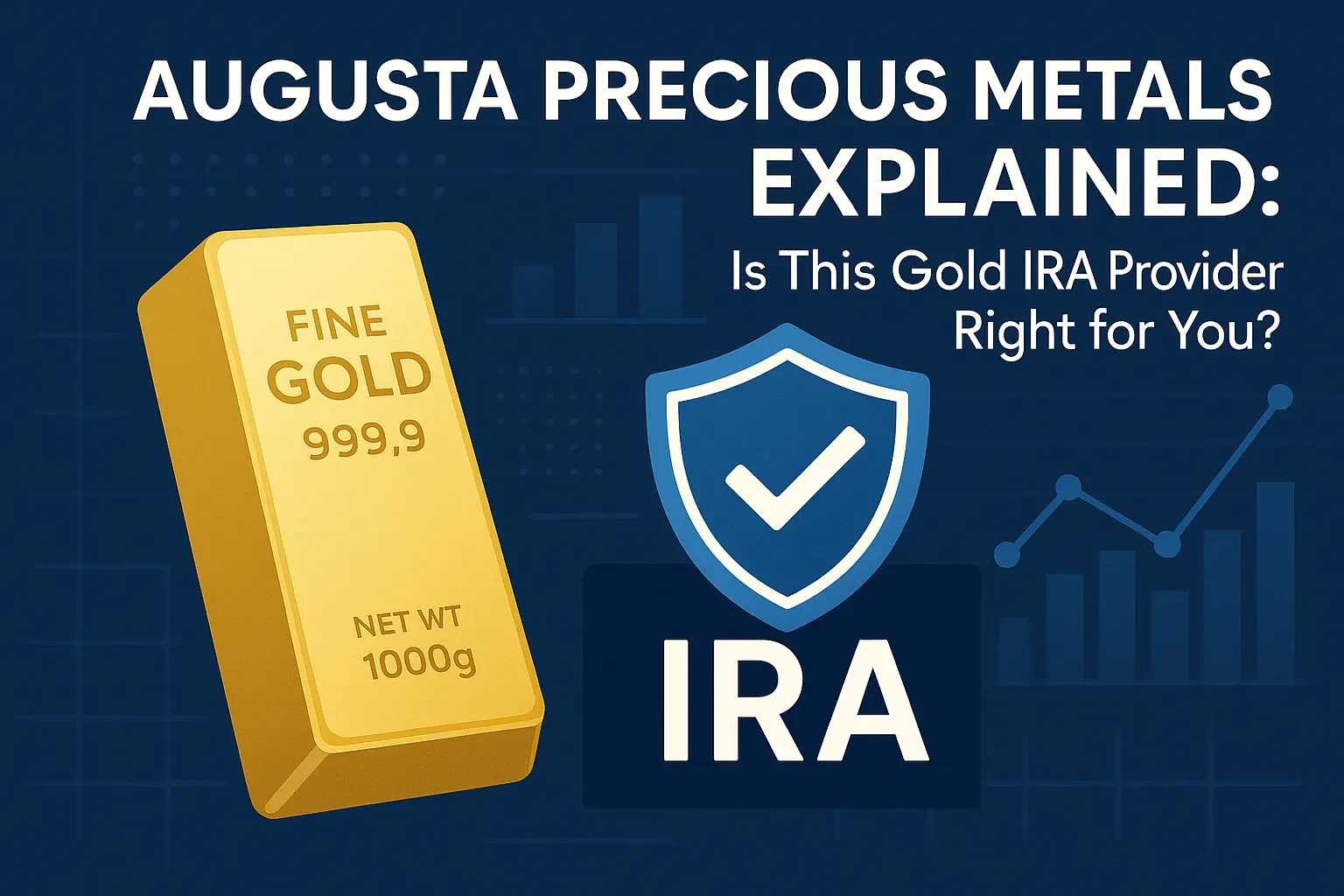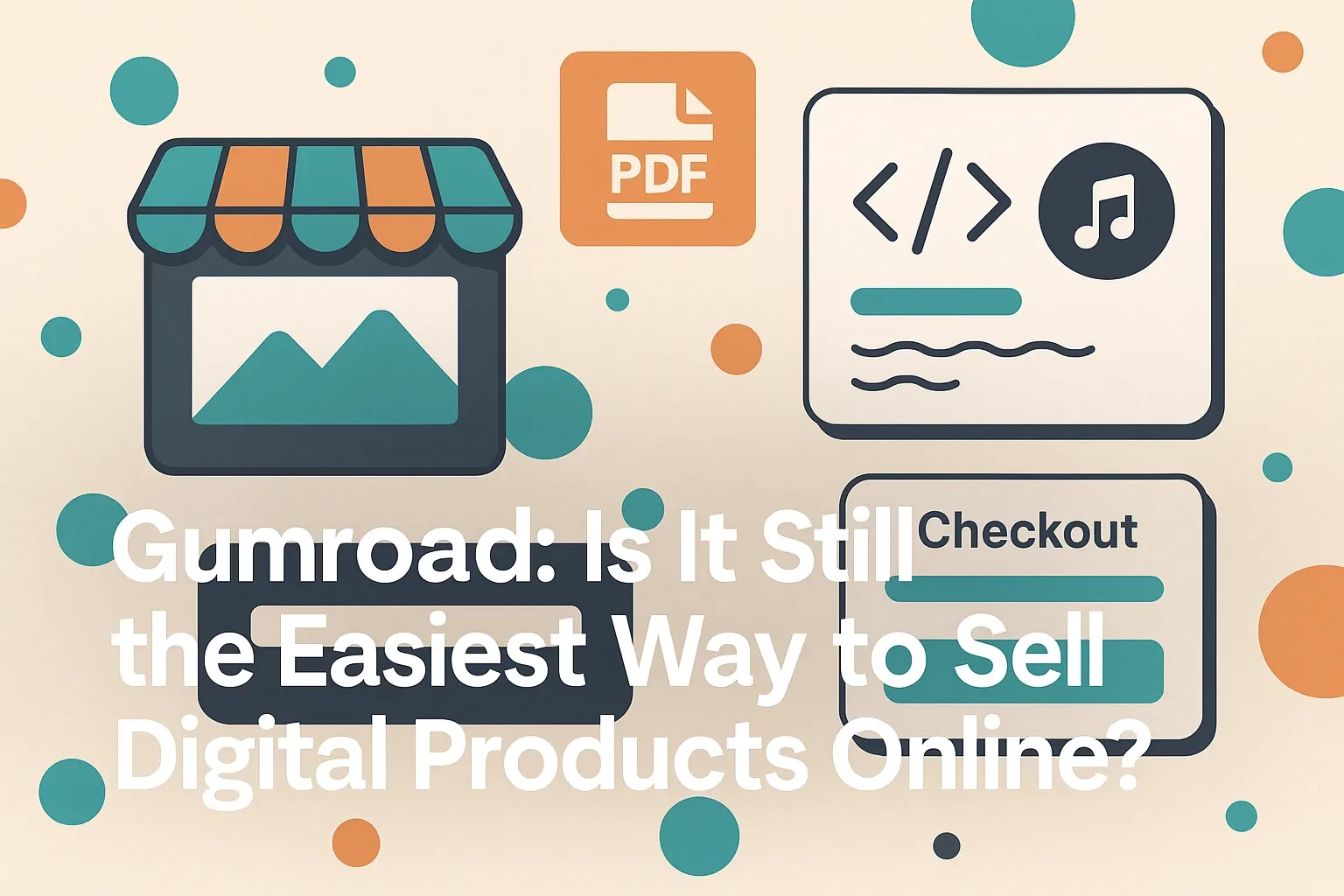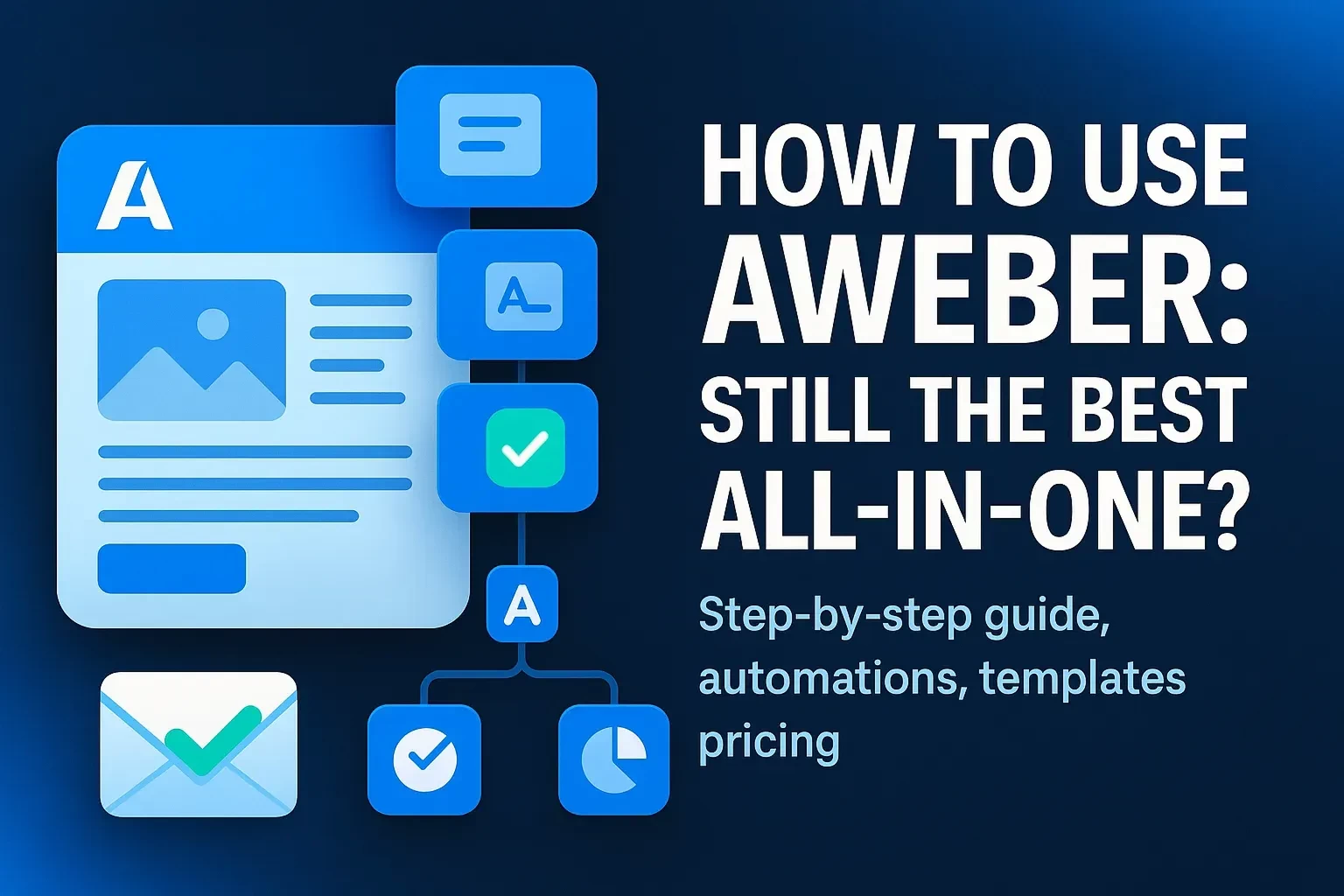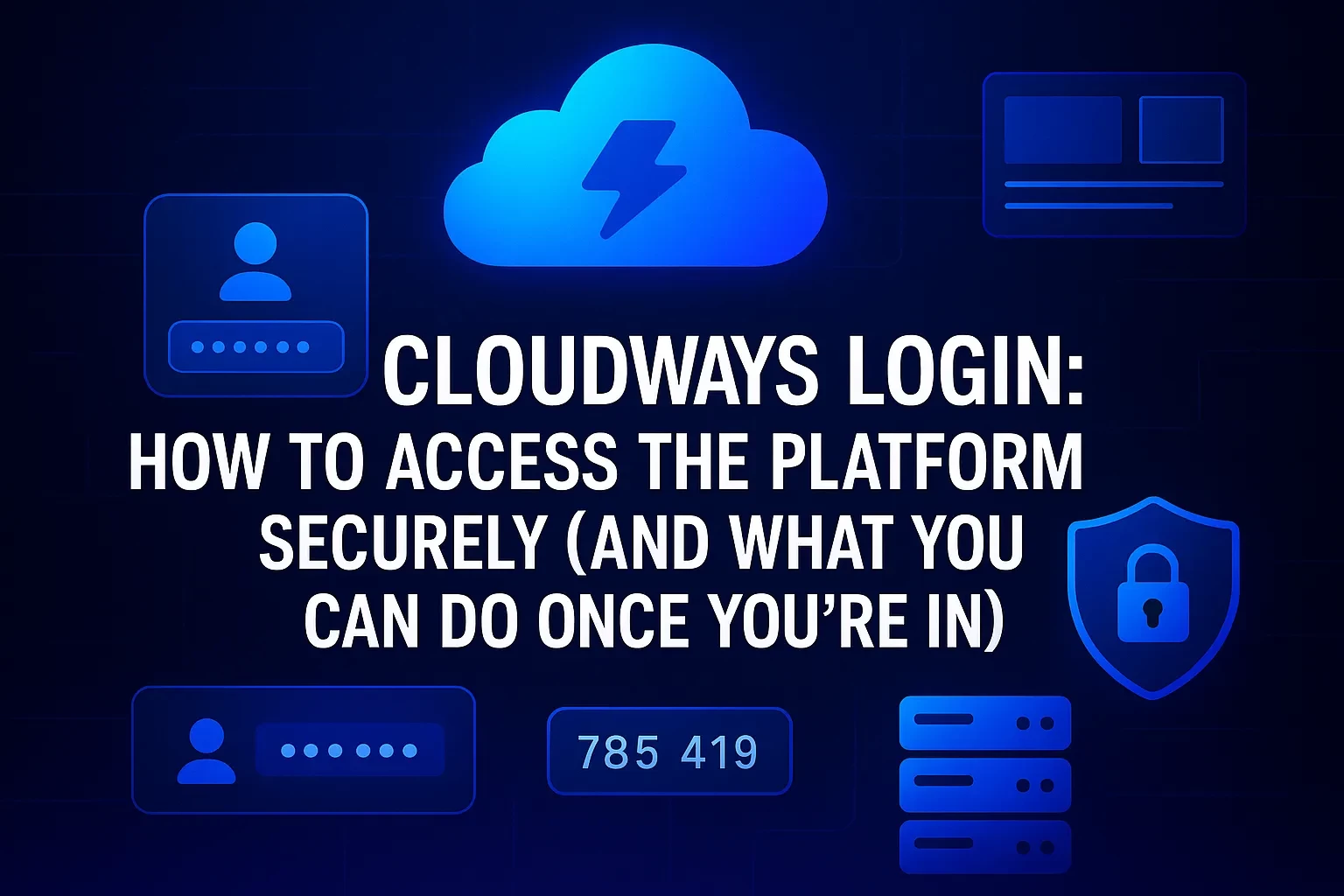Table of Contents
Gold and silver have a way of re-entering the conversation whenever markets wobble or inflation lingers. If you’ve been researching how to add physical metals to your retirement plan, you’ve likely encountered Augusta Precious Metals. The company positions itself as an education-first Gold IRA specialist—emphasizing transparent fees, third-party ratings, and hands-on guidance through a process that can feel intimidating the first time you do it. This deep dive unpacks what Augusta does, how its Gold IRA setup works, how much you should expect to pay, and the practical trade-offs versus alternatives like ETFs. You’ll also see a step-by-step walkthrough, a mini case study, common mistakes to avoid, and expert tips you can act on today. The goal: help you decide if Augusta fits your needs, risk tolerance, and timeline without the hype or scare tactics common in this niche.
What Augusta Precious Metals Is—and Isn’t
Augusta Precious Metals is a U.S. precious-metals dealer that focuses on self-directed IRAs (SDIRAs) holding physical gold and silver. In an SDIRA, you—not a fund manager—direct asset selection, while an IRS-approved custodian administers the account and an approved depository stores your metals. Augusta acts as your dealer and guide through those steps; it is not your custodian or depository.
The company is BBB-accredited (A+ rating), with accreditation dating to 2015. It also highlights strong ratings on other third-party sites and stresses that investors should verify any Gold IRA provider through independent sources such as BBB, Trustpilot, and the Business Consumer Alliance.
You’ll also see high-profile brand signals. NFL Hall of Famer Joe Montana publicly became a customer and later a corporate ambassador, a detail Augusta uses to underscore trust and education. Endorsements shouldn’t replace due diligence, but they’re part of the brand’s credibility story.
Key Definitions and Context (Plain-English)
Self-Directed IRA (SDIRA). A tax-advantaged retirement account that lets you hold alternative assets (e.g., real estate, precious metals). You appoint a specialty custodian to handle administration; they do not give investment advice or vet the asset’s quality. You must follow IRS rules for approved metals and storage.
Gold IRA. An SDIRA that owns IRS-approved forms of physical gold (and usually silver). Metals must be stored at an approved depository—not at home—until distribution age.
Custodian. A firm that administers your SDIRA paperwork, reporting, and tax forms. Expect annual account fees. Augusta works alongside independent custodians; you choose one during setup.
Depository. A secure, insured vault facility that holds your IRA metals. Major options in the U.S. include Delaware Depository and Brink’s Global Services—both commonly used for Gold IRAs.
Minimum Investment. Augusta requires a relatively high $50,000 minimum for IRA and cash (non-IRA) purchases—positioning itself for investors who want more personalized service.
How Augusta’s Gold IRA Works (Step-by-Step)
1) Education and fit.
You can start with Augusta’s explainer content and fee breakdowns. The company’s materials emphasize how SDIRAs work, typical fees (setup, custodian, storage), and common industry scams to avoid.
2) Open a self-directed IRA with a custodian.
Augusta helps coordinate your new SDIRA application with an independent custodian. The custodian charges its own fees for account setup and ongoing administration.
3) Fund the account.
You can transfer or roll over existing retirement funds (like a 401(k) or traditional IRA) into the new SDIRA, maintaining tax advantages if done correctly. Augusta’s guides confirm rollovers are common and outline the paperwork cadence.
4) Choose metals and execute the purchase.
Once funds arrive, you select IRS-eligible coins/bars. Augusta serves as the dealer, and your custodian pays the invoice from your IRA cash. Augusta says there are no management fees on purchases; instead, you pay the custodian and storage provider.
5) Select an approved depository for storage.
Common choices include Delaware Depository and Brink’s, with fully insured storage and options for segregated (stored separately) or non-segregated storage.
6) Ongoing reporting and fees.
Expect annual custodian and storage fees. Augusta publishes a sample fee sheet and a video explainer; its materials also note occasional promotions that offset fees for a time.
Fees, Minimums, and What They Really Mean
Augusta’s minimum investment is $50,000 for both IRA and cash purchases. That’s high compared with some competitors, but Augusta argues the threshold supports white-glove service and long-term support. If you’re considering a small starter position, the minimum alone may be the deciding factor.
On fees, Augusta publishes representative numbers. Based on its fee sheet and current explainers, a typical structure looks like:
• One-time IRA setup fee (custodian): ~$50
• Annual custodian/administration: often around $125
• Annual storage (depository): often around $100
• Total recurring annual: commonly ~$225 (custodian + storage), subject to custodian/depository choice and account size
• Promotions: Augusta may offset certain fees for a period (e.g., “zero fees” promos).
Important: exact fees vary by the specific custodian and depository you choose. Always request a written, current fee schedule before funding.
One Quick Table (Clarity First)
| Cost component | Typical example at Augusta* |
|---|---|
| One-time IRA application (custodian) | ~$50 |
| Annual custodian (account admin) | ~$125 |
| Annual storage (depository) | ~$100 |
| Typical recurring annual total | ~$225 |
*Illustrative figures derived from Augusta’s published fee sheet and cost explainers; your actual fees depend on chosen partners and account size.
Why Some Investors Choose Augusta (and Why Others Don’t)
Reasons in favor
• Education-first approach. Augusta publishes guides on fees, custodians, and red flags (e.g., hidden fees or high-pressure tactics), which helps first-timers avoid common pitfalls.
• Transparent, published costs. Clear examples reduce surprises—useful in a niche where opacity is common.
• Reputation signals. A+ BBB rating and long-standing accreditation, plus third-party storage/custodian alignment, bolster trust.
Reasons against
• High minimum ($50,000). That rules out small test allocations; ETFs or bullion purchases outside an IRA may fit better for smaller tickets.
• SDIRA complexity. Self-directed IRAs come with strict IRS rules, specialty custodians, and illiquidity compared with paper assets. They can be appropriate for experienced investors but aren’t plug-and-play.
Practical Example: A $150,000 Rollover Scenario
Let’s make this concrete. Imagine you roll $150,000 from a traditional IRA into a new Augusta-coordinated SDIRA.
What you might buy
• A diversified mix of IRS-eligible gold and silver coins and bars to balance premiums and liquidity.
What you might pay (illustrative)
• ~$50 (one-time setup via custodian)
• ~$125 (annual custodian)
• ~$100 (annual storage)
• Total ongoing annual: around $225 (before any promotions)
Note: Metal premiums vary with market conditions and product selection; always request live quotes.
Where your metals live
• Delaware Depository or Brink’s—both are widely used, insured facilities for IRAs.
What could go wrong
• Delays between custodians during rollover paperwork. Augusta flags this as a normal friction point in the process—and one they work to streamline.
What success looks like
• You’ve diversified part of your retirement savings into physical assets with different risk dynamics than equities or bonds, while keeping tax advantages intact inside the IRA wrapper. (Keep in mind metals can still be volatile and should align with your risk plan.)
Step-by-Step Guidance You Can Use Right Now
1) Decide whether an SDIRA fits your goals.
If you want hands-off exposure, consider gold ETFs or mutual funds. If you want direct, physical ownership inside a tax-advantaged account and accept added rules/fees, an SDIRA could fit.
2) Verify the provider—don’t outsource trust.
Check BBB accreditation and complaint history, and scan multiple review sources. Be wary of rankings that are driven by affiliate payouts rather than customer outcomes.
3) Request fee schedules in writing.
Ask Augusta (and any competitor) for a full, current breakdown: setup, annual custodian, storage, transaction, delivery, and liquidation. Clarify promotions (e.g., fee credits) and their time limits.
4) Confirm depository choices.
Understand the difference between segregated and non-segregated storage, insurance coverage, and how you’ll verify holdings.
5) Map your timeline.
Rollovers can take days to weeks, depending on the relinquishing custodian. Build that into your market expectations.
6) Document IRS compliance.
Only IRS-approved metals in the right purities qualify. Keep every receipt and confirmation for tax records, and never store IRA metals at home.
Common Mistakes—and How to Avoid Them
Mistake 1: Chasing hype or fear.
High-pressure sales and scare tactics are red flags. Augusta’s materials call out hidden-fee tactics used across the industry; insist on line-item costs and walk away if you can’t get them.
Mistake 2: Ignoring total cost of ownership.
Metals premiums + setup + annual custodian + storage = your true cost. Compare this with an ETF’s expense ratio. Some investors accept the premium for tangible ownership; others prefer liquidity.
Mistake 3: Funding before you understand storage.
Know which depository will hold your metals and whether you want segregated storage. Ask how audits and insurance work.
Mistake 4: Assuming the custodian vets investments.
Custodians process paperwork—they don’t guarantee asset quality. That’s on you.
Mistake 5: Underestimating rollover logistics.
Transfers can be delayed by third parties. Keep expectations realistic and paperwork complete.
Expert Tips for Smarter Precious-Metals Allocation
• Right-size the allocation. Many retirees use metals as diversification or an inflation hedge—often a minority allocation. Keep your broader portfolio and withdrawal needs in view.
• Ask about liquidity events. If you plan to take RMDs (required minimum distributions), coordinate liquidity with your custodian and dealer well before deadlines.
• Benchmark storage choices. Compare multiple depositories on segregation, insurance terms, and reporting frequency.
• Request buyback details. Understand how Augusta’s buyback works (spreads, timelines, and required forms) so you’re not learning under stress. (Ask for written policies.)
• Document fees annually. Reconfirm custodian and storage fees each year; small changes compound over long horizons.
Mini Case Study: Education-First Onboarding vs. “Just Ship Me Coins”
Investor profile. You’re 58, rolling $120,000 from an underperforming traditional IRA. You want a tangible hedge but hate gimmicks.
Option A: Price-only dealer.
• Fast quote, limited disclosure on spreads or storage.
• You later discover higher-than-expected fees and non-segregated storage you didn’t ask for.
Option B: Augusta’s education-first path.
• You review the fee sheet and video explainer and pick a custodian from a short list.
• You choose Delaware Depository with segregated storage and confirm annual costs in writing (~$225) before purchase.
• The rollover takes two weeks because your prior custodian is slow—but you knew to expect that.
• One year later, your statements reconcile to the ounce, and your total carrying cost matched estimates.
This scenario underscores the value of documented fees, clear storage choices, and realistic calendars.
How Augusta Compares to Paper Gold
ETFs like GLD or IAU offer instant liquidity and a single, low expense ratio—but you own paper exposure, not coins with serial numbers sitting in a vault under your IRA’s name. A Gold IRA secures direct ownership inside a tax-advantaged wrapper but comes with higher carrying costs and slower transactions. For many, the choice hinges on control and tangibility versus speed and cost.
FAQs (People Also Ask)
Bottom Line: Who Should Consider Augusta
Choose Augusta if you value education, documented fees, and third-party storage with a reputable custodian—and you’re comfortable with the $50,000 minimum. Skip it (or postpone) if you:
• Prefer plug-and-play exposure (consider ETFs),
• Need fast liquidity, or
• Plan a small metals allocation right now.
If you do proceed, make the process boring—in a good way. Ask for everything in writing, confirm storage, and make sure your allocation serves your broader retirement plan, not the other way around.
Action Steps
• Request Augusta’s fee sheet and a written quote for your intended allocation size.
• Compare at least one alternative provider and an ETF to benchmark total costs and convenience.
• Decide on segregated vs. non-segregated storage before funding.
• Set a realistic rollover timeline with your old custodian to avoid surprises.
